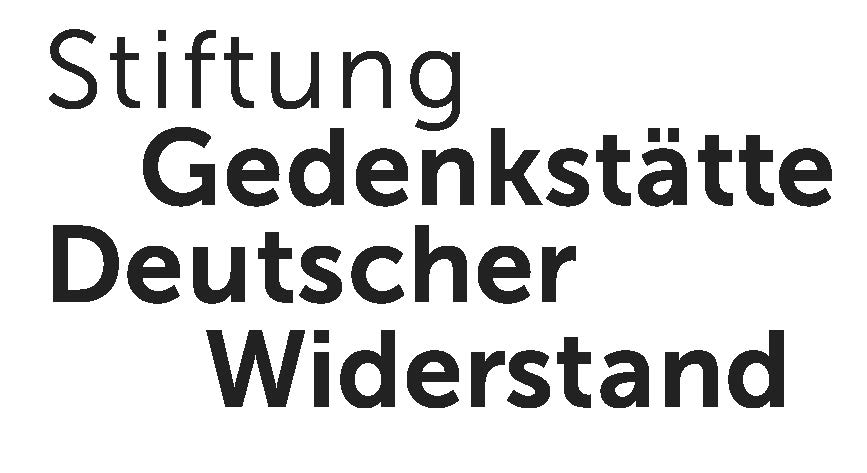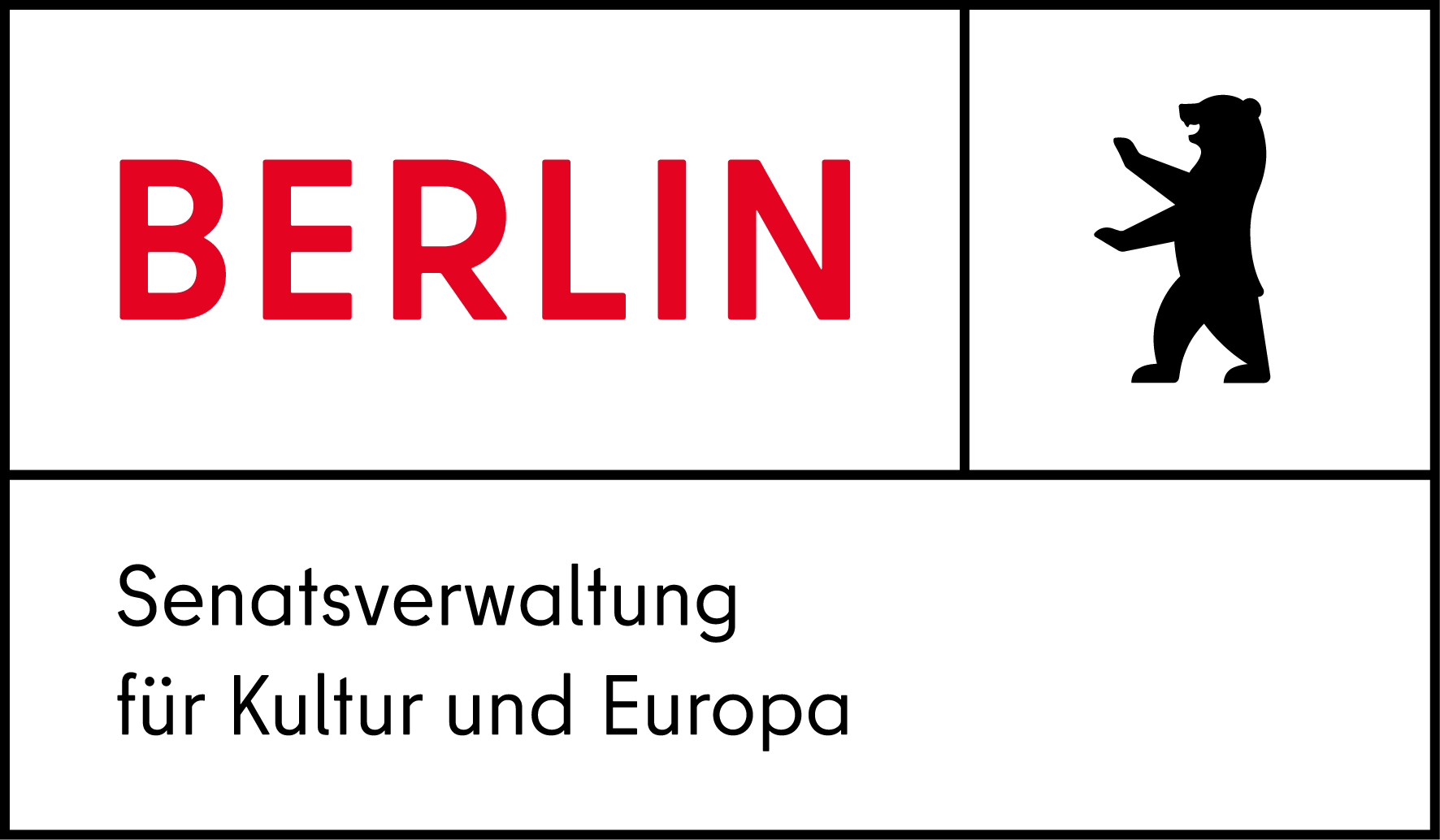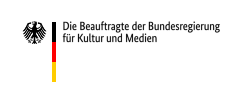
Propaganda in Nazi Germany
 Propaganda was a tool of the Nazi Party in Germany from its earliest days to the end of the regime in May 1945 at the end of World War II in Europe. As the party gained power, the scope and efficacy of its propaganda grew and permeated an increasing amount of space in Germany and, eventually, beyond.
Propaganda was a tool of the Nazi Party in Germany from its earliest days to the end of the regime in May 1945 at the end of World War II in Europe. As the party gained power, the scope and efficacy of its propaganda grew and permeated an increasing amount of space in Germany and, eventually, beyond.Adolf Hitler's ''Mein Kampf'' (1925) provided the groundwork for the party’s later methodology while the newspapers, the ''Völkischer Beobachter'' and later ''Der Angriff'', served as the early practical foundations for later propaganda during the party's formative years. These were later followed by many media types including books, posters, magazines, photos, art, films, and radio broadcasts which took increasingly prominent roles as the party gained more power.
These efforts promulgated Nazi ideology throughout German society. Such ideology included promotion of Nazi policies and values at home, worldview beyond their borders, antisemitism, vilification of non-German peoples and anti-Nazi organizations, eugenics and eventually total war against the Allied Nations.
After Germany's and subsequent surrender on 7 May 1945, the Allied governments banned all forms of Nazi propaganda and the organizations which produced and disseminated such materials during the years of denazification. Provided by Wikipedia
1
Published: München
Other Authors:
“...Reichspropagandaleitung der NSDAP...”
Journal
2
Published: München : Eher Nachf, [1943]
Other Authors:
“...Hauptkulturamt in der Reichspropagandaleitung der NSDAP...”
Library:
Topography of Terror (Berlin)
Book
3
Other Authors:
“...Reichspropagandaleitung der NSDAP, Hauptamt Propagand...”
Library:
Topography of Terror (Berlin)
Book
4
Published: München : Eher, 1939
Other Authors:
“...Reichspropagandaleitung der NSDAP und des Reichspropagandaamtes der Deutschen Arbeitsfront...”
Book
5
Published: Berlin : Kultur- und Wirtschaftswerbung Daenell & Co
Other Authors:
“...Reichspropagandaleitung der NSDAP...”
Library:
Topography of Terror (Berlin)
Book

